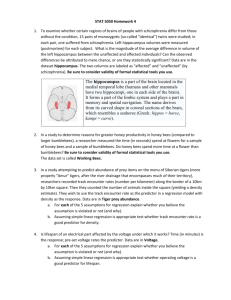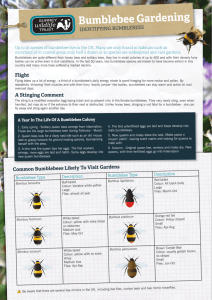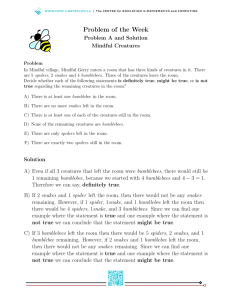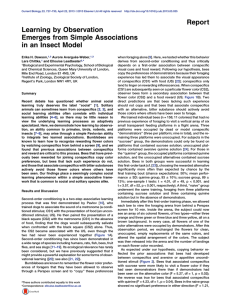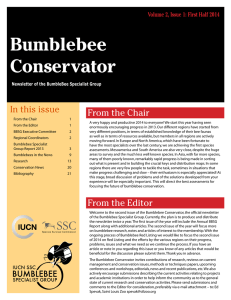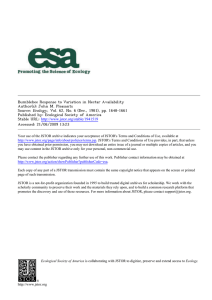Bee stripes may not keep predators away
advertisement
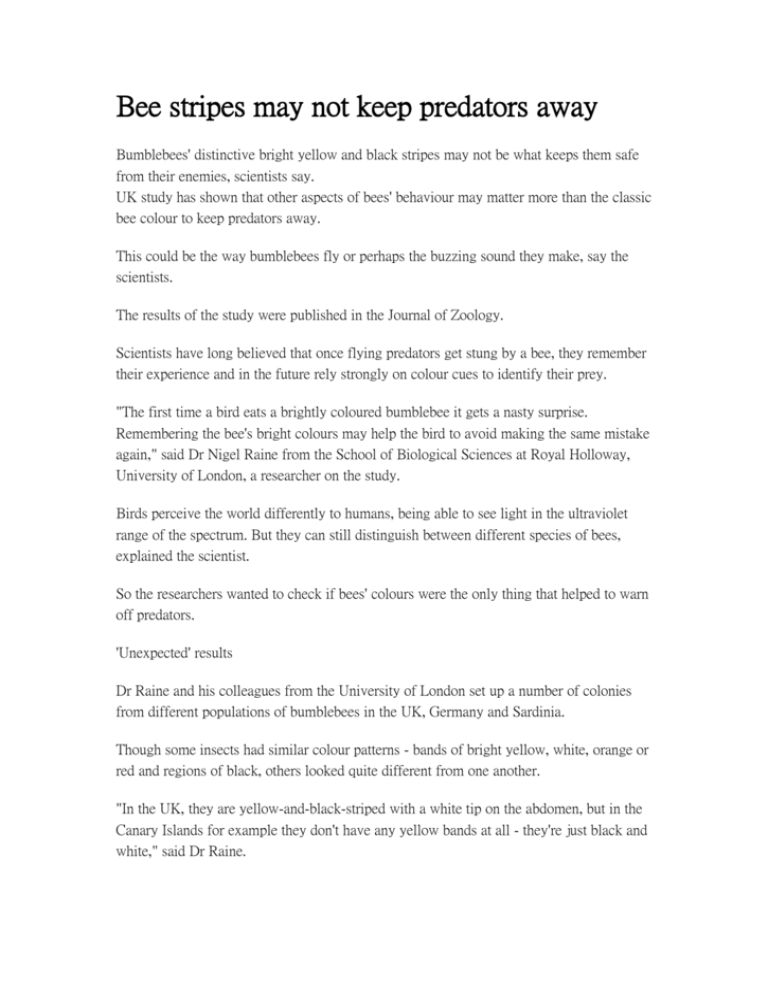
Bee stripes may not keep predators away Bumblebees' distinctive bright yellow and black stripes may not be what keeps them safe from their enemies, scientists say. UK study has shown that other aspects of bees' behaviour may matter more than the classic bee colour to keep predators away. This could be the way bumblebees fly or perhaps the buzzing sound they make, say the scientists. The results of the study were published in the Journal of Zoology. Scientists have long believed that once flying predators get stung by a bee, they remember their experience and in the future rely strongly on colour cues to identify their prey. "The first time a bird eats a brightly coloured bumblebee it gets a nasty surprise. Remembering the bee's bright colours may help the bird to avoid making the same mistake again," said Dr Nigel Raine from the School of Biological Sciences at Royal Holloway, University of London, a researcher on the study. Birds perceive the world differently to humans, being able to see light in the ultraviolet range of the spectrum. But they can still distinguish between different species of bees, explained the scientist. So the researchers wanted to check if bees' colours were the only thing that helped to warn off predators. 'Unexpected' results Dr Raine and his colleagues from the University of London set up a number of colonies from different populations of bumblebees in the UK, Germany and Sardinia. Though some insects had similar colour patterns - bands of bright yellow, white, orange or red and regions of black, others looked quite different from one another. "In the UK, they are yellow-and-black-striped with a white tip on the abdomen, but in the Canary Islands for example they don't have any yellow bands at all - they're just black and white," said Dr Raine. The scientists expected birds to rely on visual clues, meaning they would be more likely to attack bees that looked different from the ones they were used to. "All our bees were individually numbered with tags on the back of the thorax, so that we could keep track of each individual that left and entered the nest," said the researcher. The scientists then counted how many bees did not return to their nest and compared the loss rate of different Bombus terrestris populations with different colour patterns in the same environment. They got some rather unexpected results, said Dr Raine. "Predators didn't seem to target the unusually coloured bees more than the native populations we tested. Perhaps the bumbling way in which all bumblebees fly or their distinctive deep buzzing are more important clues to help would-be predators avoid a nasty sting," he said. His colleague Ralph Stelzer, the main author of the study and a PhD student at Queen Mary, University of London, called the findings surprising. "The results mean that the explanation for the bumblebees' colouration patterns is not as simple as previously thought," he said. The scientists believe that perhaps birds prefer not to take any chances - and to steer clear of all insects that look, sound or fly like a bumblebee to avoid being stung. Different spieces of bees have very different colouring 1. predator /’predətə(r)/ an animal that kills and eats other animals 捕食性動物 a person or an organization that uses weaker people for their own advantage 實 行弱肉強食的人(或機構);剝削者;掠奪者 2. prey /preɪ/ an animal, a bird, etc. that is hunted, killed and eaten by another 被捕食的動物; 獵物 uncountable singular a person who is harmed or deceived by somebody, especially for dishonest purposes 受害者;受騙者 uncountable singular 3. abdomen /’æbdəmən/ the part of the body below the chest that contains the stomach, bowels, etc. 腹 (部) the end part of an insect's body that is attached to its thorax (昆蟲的)腹部 4. bumbling /’bʌmblɪŋ/ behaving in an awkward confused way, often making careless mistakes 笨手 笨腳的(常馬虎出錯)





